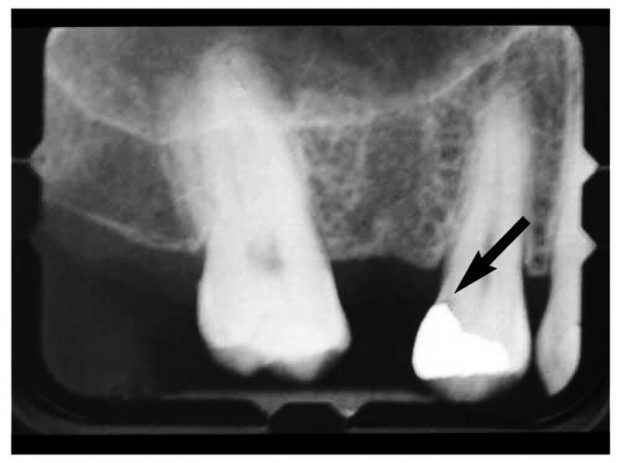In This article, we discus one of the causes of amalgam restoration failure which is recurrent caries, we will define it, etiology, understand its clinical picture, its complications and best methods to treat it.
Recurrent Caries
Definition
Caries developed in a previously restored tooth.
Etiology
- Incomplete elimination of the original lesion.
- Improper outline form.
- Incorrect restoration.
- Retention and colonization of bacterial plaque.
1. Incomplete elimination of the original lesion:
- Improper excavation of caries.
- Improper evaluation of the case for indirect pulp capping.
2. Improper outline form
- Under extended:
- Leaving defective and retentive pits and fissure. Incomplete freeing of the contact.
- Margins of the cavity will not be placed in self-cleansable areas. Leaving undermined enamel.
- Over extended:
- The cavity margins will be placed in areas of stresses
3. Incorrect restoration
- Lack of adaptation due to: Marginal leakage, ineffective condensation, moisture contamination and the use of dry amalgam mix.
- Failure to restore anatomy, contact and contour leading to food collection and recurrent caries.
- Improper finishing of restoration: Due to over hanging margins and rough pitted amalgam surface.
4. Retention and colonization of bacterial plaque
- Remaining retentive pits and fissures.
- Unpolished rough restoration surface.
- Marginal over hangs.
- Open inter-proximal contact.
- Presence of cracks or fracture, e.g. Marginal ditching or isthmus fracture.
- Bad oral hygiene.
[divider scroll_text=””]
Clinical picture
Manifestations
- Caries extension: Under the restoration at the cavity floor.
- Caries invitation: At margins which are defective.
Complications
- Pulpal irritation.
- Periodontal irritation.
- Displacement of restoration.
- Tooth fracture.
[divider scroll_text=””]
Treatment
Prevention
- Adequate cavity extension.
- Conservative treatment of susceptible pits and fissures by enameloplasty, cavity walls slanting or sealing with GIC or adhesive resin.
Management
- Replacement of restoration, removal of caries, correction of cavity design and proper manipulation of new restoration.
- Marginal defects can be repaired with bonded amalgam or glass ionomer cermet cement.
OziDent Members Only
The rest of article is viewable only to site members,Please Register and/ or Confirm registration via EmailHere.If you are an existing user, please login.
